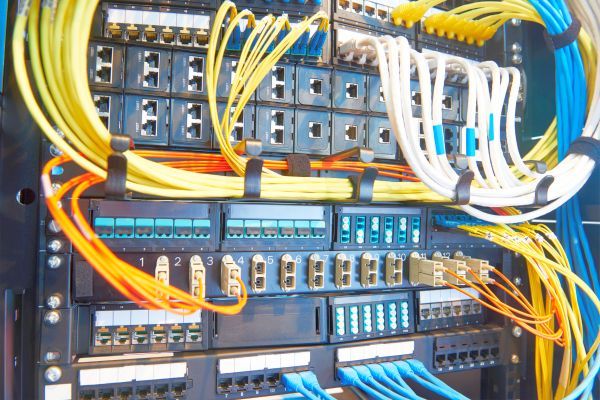Hello, I'm new to OMV.
I have recently made an OMV server with OMV 6.1.1-1 (Shaitan) on ASROCK B560M-ITX/ac Motherboard, 16GB DDR4 RAM, Intel Pentium Gold 6405 CPU, Silverstone ECS06 6 Ports SATA Gen3 (6Gbps) Non-RAID PCI Express Gen3 x2 card, 6 Toshiba 2.5 inch Laptop SATA HDD's 1TB each for Data, 128 GB PCIE M.2 SSD for Rootfs/Operating System, and 128GB SATA SSD for use by DOCKER. Motherboard has 4 native SATA ports and one M.2 PCIE port.
I want to build raid 5+0 on this system with six 2.5 inch SATA HDD's. I have built two Software RAID 5's with 3 drives each. However, when I try to build a stripe raid, only one RAID 5 shows up and I am unable to create Stripe Raid. What am I doing wrong?
After reading up on Raid 5+0 material on google, it is my understanding that I need to first make two sets of raid 5 with 3 drives each and then make a raid 0 (stripe raid) using these two Raid 5's. Is it even possible to make Raid 5+0 on OMV? If yes, a pointer towards step by step tutorial to make a Raid 5+0 on OMV would be great for a newbie like me. There is not much information on the net about Raid 5+0. Thanks in advance for everyone's input on this issue.
Regards,
Navi

